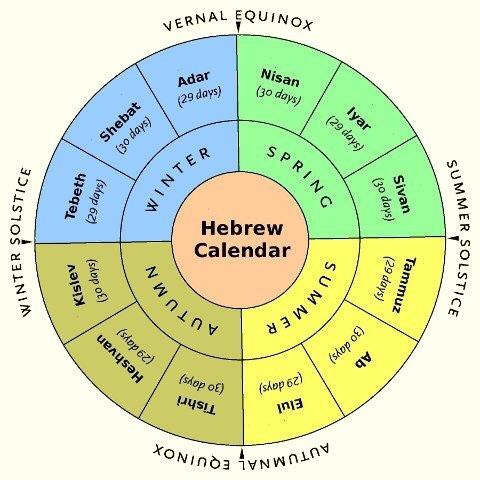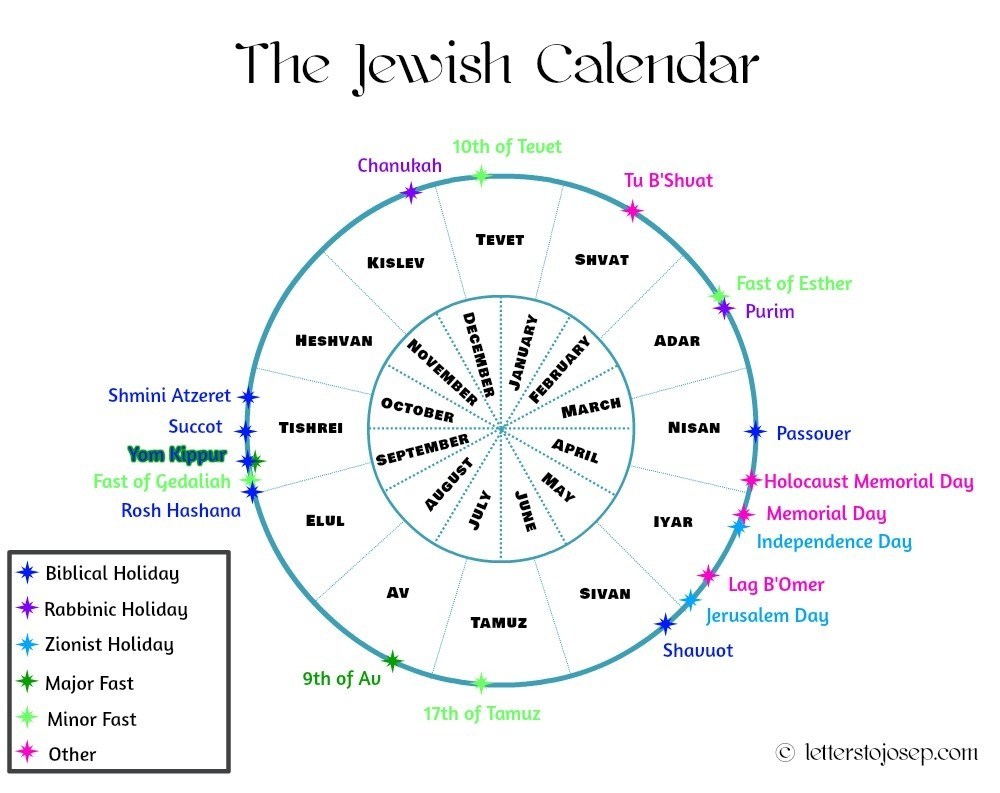Understanding the Jewish Calendar: A Look at Friday, October 1, 2026
Related Articles: Understanding the Jewish Calendar: A Look at Friday, October 1, 2026
Introduction
With enthusiasm, let’s navigate through the intriguing topic related to Understanding the Jewish Calendar: A Look at Friday, October 1, 2026. Let’s weave interesting information and offer fresh perspectives to the readers.
Table of Content
Understanding the Jewish Calendar: A Look at Friday, October 1, 2026

The Jewish calendar, a lunisolar calendar, operates differently from the Gregorian calendar we use in our daily lives. Its unique system, based on lunar cycles and solar observations, results in a calendar that shifts throughout the Gregorian year. This means that a specific date in the Gregorian calendar will not always correspond to the same date on the Jewish calendar.
To understand Friday, October 1, 2026, within the context of the Jewish calendar, we need to delve into the intricacies of its structure. The Jewish calendar is comprised of 12 months, each with 29 or 30 days, determined by the lunar cycle. However, to align with the solar year, an extra month, Adar II, is added seven times every 19 years. This process, known as the "leap year" system, ensures the calendar remains synchronized with the seasons.
To pinpoint the equivalent date on the Jewish calendar for Friday, October 1, 2026, we need to consider the following:
- The Jewish year: The Jewish year is cyclical and starts at the creation of the world, calculated as approximately 3760 years before the Gregorian year 1. Therefore, the year 2026 in the Gregorian calendar corresponds to 5786 in the Jewish calendar.
- The Jewish month: October 1, 2026, falls within the Jewish month of Tishrei, the first month of the Jewish year. Tishrei is considered a holy month, marked by significant holidays like Rosh Hashanah, the Jewish New Year, and Yom Kippur, the Day of Atonement.
- The Jewish day: The Jewish day begins at sunset, not at midnight. This means that Friday, October 1, 2026, in the Gregorian calendar, would correspond to the evening of Thursday, Tishrei 1, 5787 in the Jewish calendar.
The Importance of Tishrei:
Tishrei is a pivotal month in the Jewish calendar, holding immense spiritual significance. It is a time for reflection, introspection, and a renewed commitment to spiritual growth. The month’s central holidays, Rosh Hashanah and Yom Kippur, are dedicated to seeking forgiveness, making amends, and setting intentions for the year ahead.
Rosh Hashanah:
Rosh Hashanah, literally meaning "head of the year," marks the beginning of the Jewish New Year. It is a two-day holiday celebrated with prayer, the blowing of the shofar (ram’s horn), and traditional meals. Rosh Hashanah is a time for introspection and reflection on the past year, seeking forgiveness for transgressions, and setting intentions for the year to come.
Yom Kippur:
Yom Kippur, the Day of Atonement, is the holiest day in the Jewish year. It is a day of fasting, prayer, and seeking forgiveness for sins. Yom Kippur is a time for deep introspection, repentance, and striving for spiritual renewal.
Benefits of Understanding the Jewish Calendar:
Understanding the Jewish calendar offers a deeper appreciation for Jewish culture, history, and traditions. It provides insight into the rhythm of Jewish life, the significance of holidays, and the spiritual practices that shape Jewish identity.
Frequently Asked Questions:
Q: How does the Jewish calendar differ from the Gregorian calendar?
A: The Jewish calendar is lunisolar, meaning it is based on both lunar cycles and solar observations. It is a cyclical calendar with a fixed starting point, unlike the Gregorian calendar, which is based on a solar year.
Q: Why does the Jewish calendar have a leap year system?
A: The leap year system is crucial to ensure the Jewish calendar stays aligned with the seasons. By adding an extra month, Adar II, every seven out of 19 years, the calendar adjusts to the solar year.
Q: What are the key holidays observed in the month of Tishrei?
A: The key holidays in Tishrei are Rosh Hashanah, the Jewish New Year, and Yom Kippur, the Day of Atonement. These holidays hold immense spiritual significance in Judaism and are marked by specific rituals and practices.
Q: What are the dates of Rosh Hashanah and Yom Kippur in 2026?
A: Rosh Hashanah in 2026 will be observed on September 25 and 26, while Yom Kippur will be observed on October 4.
Tips for Learning More about the Jewish Calendar:
- Consult Jewish calendars: Many online and print resources offer comprehensive Jewish calendars detailing dates and holidays.
- Explore Jewish websites and blogs: Numerous websites and blogs dedicated to Jewish culture and tradition provide valuable information about the Jewish calendar and its significance.
- Engage with Jewish communities: Connecting with local Jewish communities and attending events or lectures on Jewish holidays and traditions can offer a deeper understanding of the Jewish calendar.
Conclusion:
The Jewish calendar is a complex and fascinating system that reflects the rich history and spiritual traditions of Judaism. Understanding its structure and the significance of its holidays provides a deeper appreciation for Jewish culture and identity. By recognizing the importance of Tishrei and the holidays it encompasses, we gain a glimpse into the heart of Jewish spirituality and its enduring impact on the world.








Closure
Thus, we hope this article has provided valuable insights into Understanding the Jewish Calendar: A Look at Friday, October 1, 2026. We appreciate your attention to our article. See you in our next article!